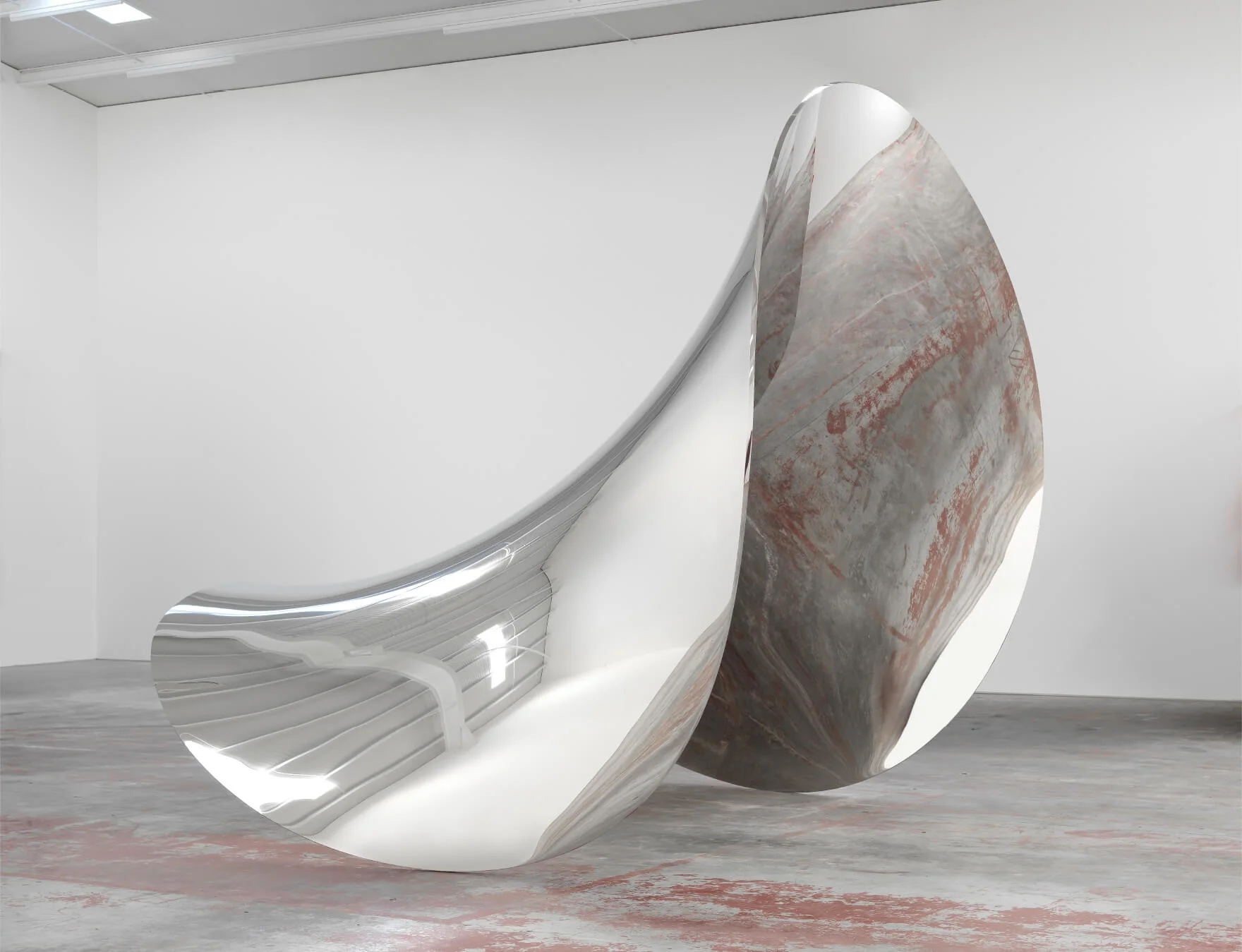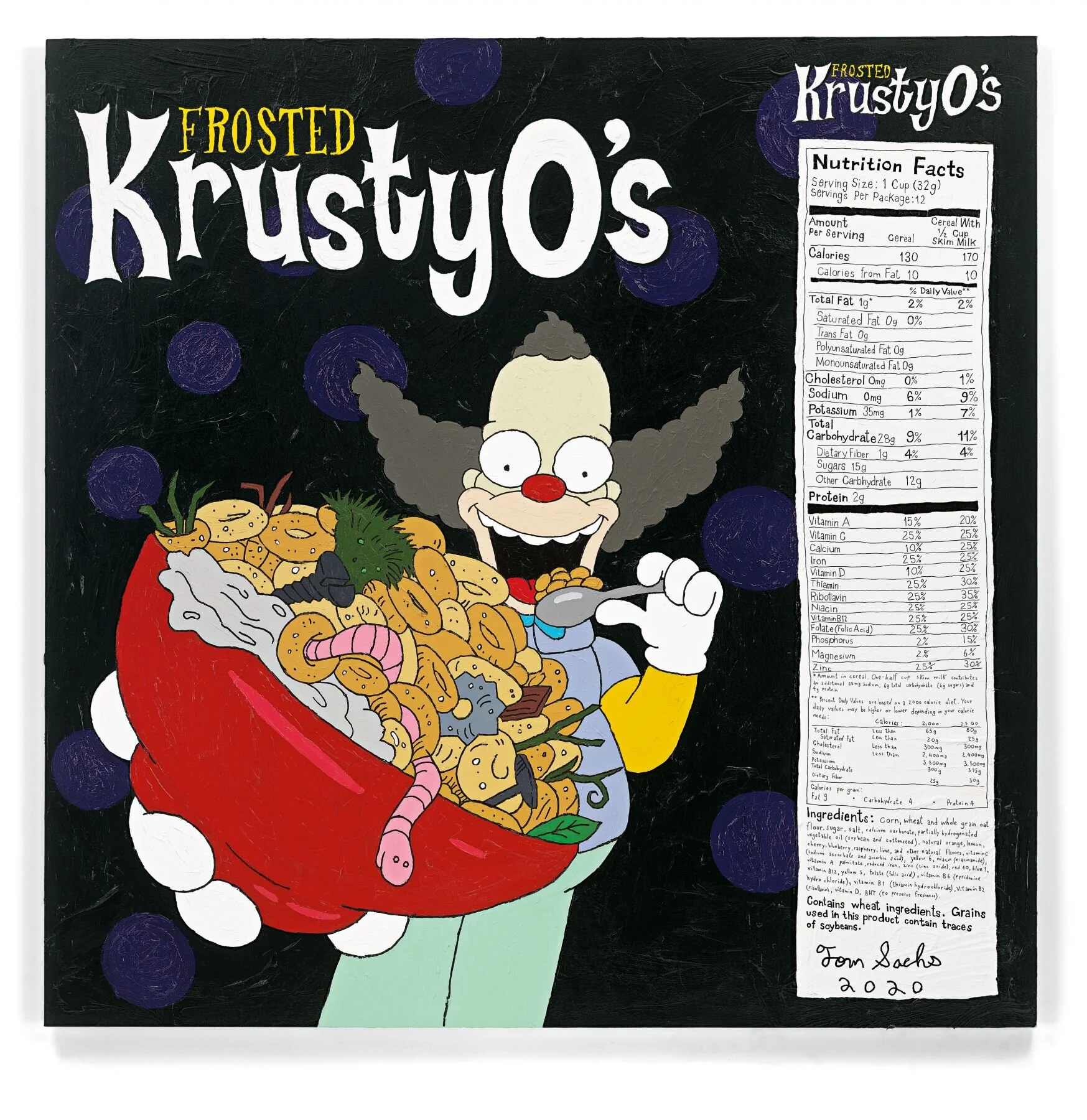Andro Wekua
New York, 21st Street
Known for the multidisciplinary nature of his practice, Wekua has created a series of paintings and sculptures that continue his career-long exploration of the liminal space between objectivity and subjective interpretation. In works that are redolent with the artifacts of an ambiguous and undefined history, Wekua presents a series of tableaux that reveal themselves to us as emotionally familiar in spite of the artist’s gestures of obfuscation and his conscious disavowal of the formal tropes of narrative.
Using collage and assemblage as metaphors for the cognitive machinations that transform lived experience into reflection, the exhibition features a group of paintings that redeploy imagery recurrent throughout Wekua’s oeuvre. Silkscreened onto aluminum and subsequently overpainted—often gilded with silver leaf—images of palm fronds, photographic portraits, dolphins, and sections of wrought iron fence present themselves as sites of contemplation analogous to traditional icons. The artist’s continual reconfiguration of the images that define his visual lexicon indicates a compulsion to reorder the past in a search for alternative outcomes, in spite of the futility of ever finding satisfaction.
Central to the exhibition are two new bronze sculptures. The body of an androgynous child peering out from behind a palm leaf and a dolphin mimics the accretion of imagery that develop Wekua’s paintings and collages. However, its figurative relations do not liberate it from the realm of narrative inconclusion. Featureless and undefined, the figure instead remains a floating signifier suspended in anamnesis. A second sculpture of Eros encircled by a dolphin furthers the conceptual underpinnings of the exhibition. Though the object reiterates two themes found throughout the artist’s oeuvre, it was inspired by a second century sculpture located at the Farnese Collection in Naples. While Wekua presents a near duplication of the original, he alters significant details through acts of concealment and deletion. By removing Eros’s mouth and altering his feet, Wekua directly addresses the failures inherent to the concept of the copy. Both figures’ have also been fitted with highly realistic and expressive milled glass eyes, a detail that reflects the viewer’s desire to fill in the information that Wekua withholds while simultaneously imbuing uncanny liveliness on an otherwise emphatically inanimate object.






